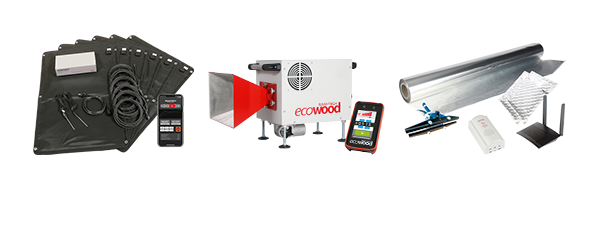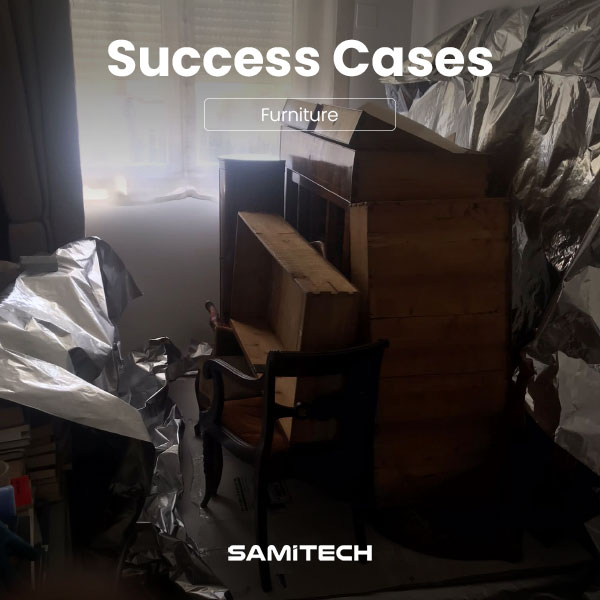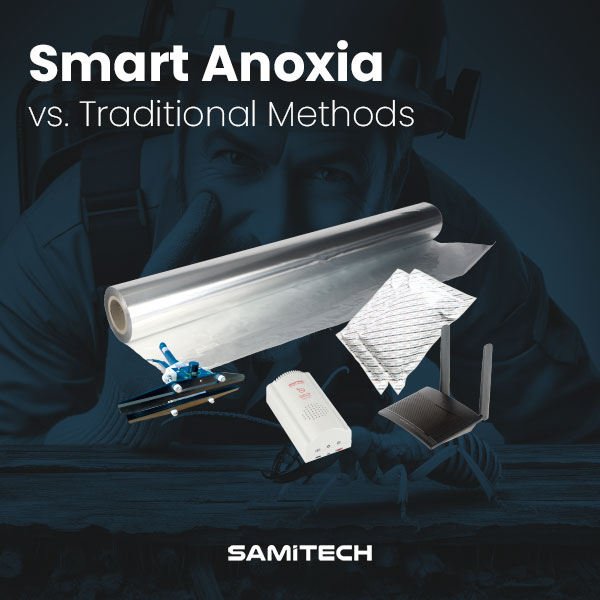Towards Sustainability
Agriculture and urban preservation face a crucial dilemma: pest control. As environmental awareness and the need for sustainable practices intensify, global trends indicate a significant shift in how we approach this challenge. In this article, we will explore current trends in the global use of pesticides and the growing importance of adopting physical and non-chemical methods for pest control.
The Current Scenario: Pesticide Use and its Challenges:
For decades, chemical pesticides have been the dominant tool in combating agricultural and urban pests. However, this approach has raised concerns about human health, food safety, and environmental impact. Pest resistance and soil and water contamination are direct consequences of this indiscriminate use.
Global Trends in Pesticide Use:
- Gradual Reduction: Numerous countries have begun to reduce the use of chemical pesticides, recognizing the associated risks and seeking more sustainable alternatives.
- Increased Research in Alternative Methods: Investment in research and development of non-chemical methods has seen a significant rise, highlighting the need for safer and environmentally friendly approaches.
- Regulations and Restrictions: Governments and regulatory bodies have implemented stricter regulations on the use of chemical pesticides, encouraging the industry to explore safer options.
Importance of Physical and Non-Chemical Methods:
- Respect for Biodiversity: Physical methods, such as introducing natural enemies of pests and crop rotation, respect biodiversity and encourage a natural balance.
- Reduced Food Residues: The adoption of non-chemical methods in agriculture has led to a decrease in chemical residues in food, improving food safety.
- Protection of Aquatic and Terrestrial Ecosystems: Avoiding the use of chemical pesticides contributes to the protection of aquatic and terrestrial ecosystems, preserving the health of soils and bodies of water.
- Long-Term Sustainability: Physical and non-chemical methods offer sustainable long-term solutions, minimizing dependence on chemicals that may have negative consequences over time.
Towards a Sustainable Future:
In today’s global landscape, the transition to more sustainable pest control practices is essential. The adoption of physical and non-chemical methods not only mitigates risks to health and the environment but also promotes the resilience of agricultural and urban systems. As a society, we must recognize the importance of these emerging trends and work towards a future where pest control is synonymous with sustainability and respect for our environment.





